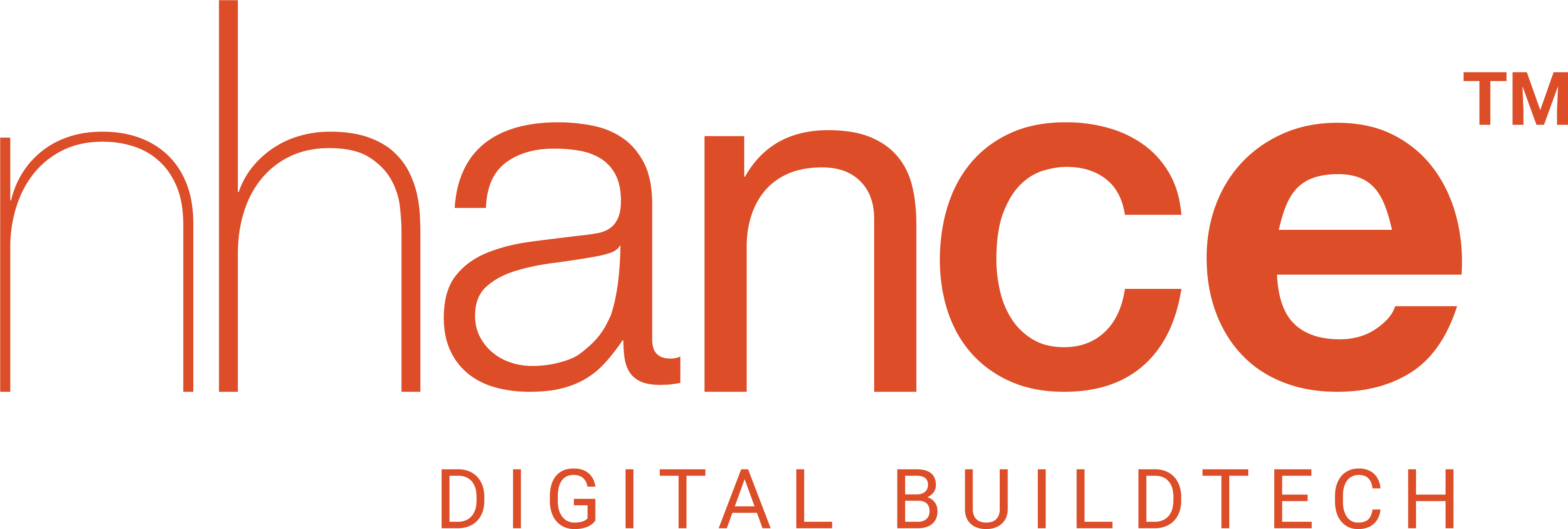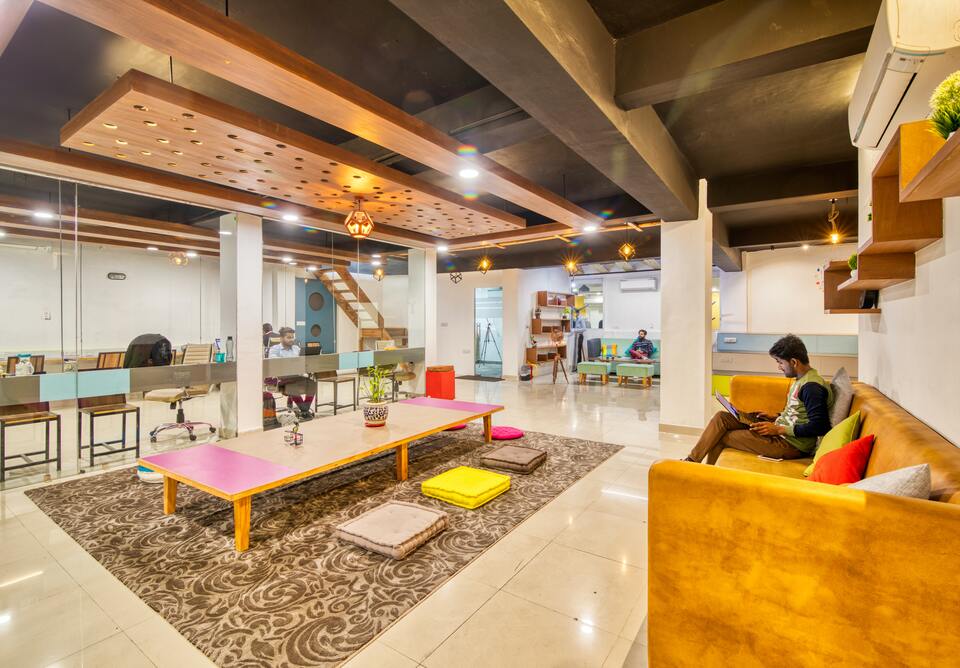The rapidly changing technological ecosystem post-pandemic has impacted various aspects of businesses, workspace is one among them. Enterprises are trying their best to manage the business and end-user demands. This has led to the need to create a digital platform that is technology agnostic and flexible to adapt to hybrid work culture. It is challenging to keep up with the changing pace of technology to provide employees with the required work infrastructure.
With remote working and hybrid work culture becoming the new normal, lease model workspaces, such as Workplace-as-a-Service have gained popularity amongst forward-looking organizations. Bringing together the key drivers of the digital workplace – people, place, and platform together, the WaaS model offers the much-needed solution in the new normal.
Giving a spin to the traditional workplace, WaaS comes as a digital makeover to the workplace experience. Bringing hardware and software solutions in unison, WaaS has become a buzzword in the era of collaborative working. It is enabling companies to fast-track the shift of their workspace from a desktop-centric model to a multi-device model that enables their employees to work from anywhere while maintaining high productivity and data security.
What Is Workplace-as-a-Service?
Workplace-as-a-Service (WaaS) is a model which allows using the infrastructure, services, and solutions on a need basis. Purchasing the workspace is not a criterion for using it. It offers flexibility to choose the amount of space an enterprise requires and provides ready-to-use technologies overlay. The concept is especially useful for enterprises/startups that do not have the budget to buy a space and bandwidth to maintain it.
The model offers a complete lifecycle of workplace virtualization services to assess, design, build, implement, and manage enterprise solutions. WaaS offers an end-to-end solution to enable a future-ready digital workplace.
Benefits of WaaS
One of the biggest value propositions of WaaS is the flexibility that it offers along with the speed at which enterprises can get a ready-to-use setup. Particularly for growing companies, WaaS offers a workspace that grows as the company scales. This unburdens the companies from buying/accounting for future workplace needs. The concept was initially home to startups and early-stage companies but it is now attracting corporate and large occupiers too. Overall there are 3 key benefits of adopting WaaS: cost optimization, streamlined procurement, and efficient device management.
Due to the agility and dynamic offerings of the WaaS model, the concept is gaining popularity in the corporate world. The prediction that the WaaS market is poised to reach $18.3 billion by 2022 is a testimony to the increasing demand for digital workplaces. The model also offers a resilient ecosystem that can withstand any future unprecedented crisis like COVID-19.
With WaaS, organizations also save costs associated with rentals and cast away issues of upgrade and maintenance depending on the package. Allowing flexible adoption, it also gives an option of personalizing hardware and software. For hybrid workplaces and remote working environments, WaaS ensures the work is carried out uninterrupted.
If you are looking to pilot new ways to operate your workplace, our team of experts can help. With nhance, you can create future-ready spaces through our integrated platform that offers a collaborative and unique employee experience. To know more, visit nhance.ai.








